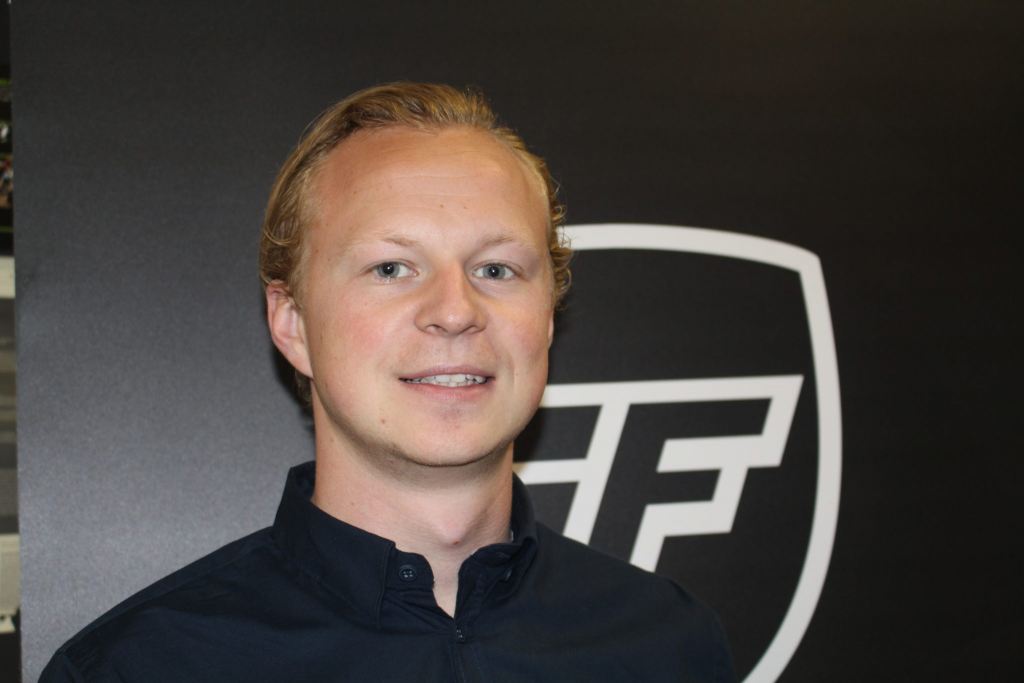
DENS is the start-up that has arisen from Team FAST. The TU Eindhoven student team that devised a system to run vehicles on formic acid will really bring their system to the market. “At the end of 2019, we will have a prototype that can be used commercially”.
Max Aerts, co-founder and CEO of DENS, has thought out the route to a commercial product. “We are now working hard to make the product commercially applicable,” says Aerts. “We did the first development of the system and the technology mainly at Team FAST. We wanted to show the world that this technique works and were not so busy with its commercial development at the time.”
That’s different now. “There is a lot of demand for the product”, he explains. “In addition, we know that formic acid can really compete with diesel and petrol in terms of price. According to Aerts, the price of this liquid has to remain below four hundred euros per ton. “Various companies that produce sustainable formic acid confirm that this is possible.”
The market
The prospects are good, only it will be difficult for the start-up to gain a foothold in the market. Diesel engines are made on a large scale and are therefore cheaper. In addition, the sustainable technology to run cars on hydrogen under pressure is also growing rapidly. So the automotive industry has plenty to choose from. “If we look realistically, it is more efficient for cars to run on electricity using batteries. We also see that the automotive industry is currently opting for hydrogen under pressure instead of formic acid.” So the start-up chose another way: “The further you go ‘off grid’, the more interesting formic acid becomes. Think for example of generators, excavators and cranes on a construction site.”
Cranes and excavators
Aerts now focuses mainly on the heavier machines. “In the first instance, this only concerns stationary systems like in a generator. For moving machines, a stricter inspection is needed. “That is a bit more difficult. That’s why we want to apply the system first to machines like a generator and later develop it further for excavators, for example.” For excavators and cranes, formic acid has another advantage. “It is a liquid so the machines can easily be filled up on the construction site. It is way too expensive to put a hydrogen gas filling station on a construction site.”
Despite the fact that Aerts now focuses entirely on the construction site, he does not rule out the possibility that trucks and buses will ever run on formic acid like it was his goal at Team FAST. “To do this, however, we must be able to produce on a much larger scale in order to compete with other engines”, explains Aerts.
Production on a large scale
Large-scale production is also important in order to ultimately make a profit. “The challenge is to make the system affordable for customers so that we can really compete with the diesel engines. This is only possible if we produce on a large scale. But in order to do that, he believes the steps the team is now taking are very important. “Making a well thought out system takes a lot of time. If the basis is right, we can only grow to a larger production scale.
Formic acid
Formic acid is a liquid consisting of water, CO2 and electricity. “The energy is stored as a liquid in this way,” says Aerts. The liquid can simply be refuelled in a device, just like diesel and petrol. “The device first contains a reformer that converts the water into hydrogen gas. This goes to a fuel cell where the hydrogen gas is converted into electricity. This way you can drive electrically, and therefore sustainably, and still, have the convenience of refuelling a liquid.”

